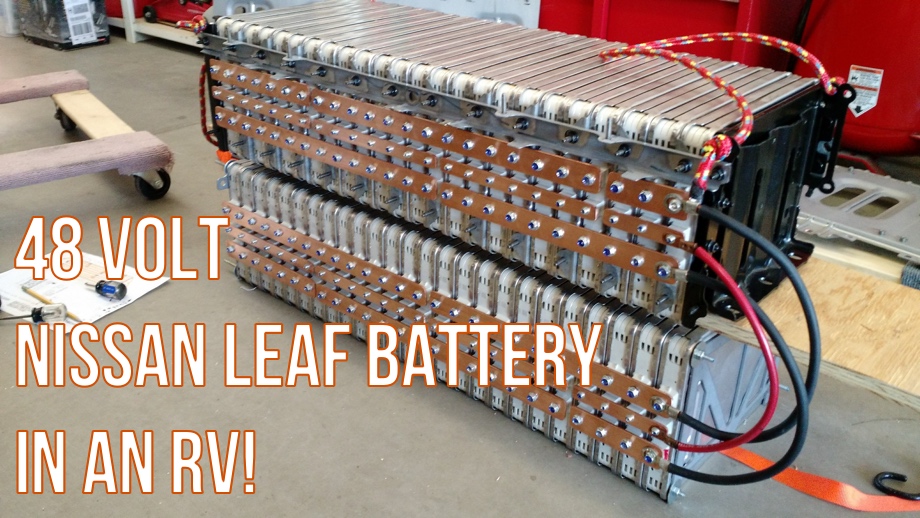When Musk proposed the PowerWall years ago, he thought it could use the same batteries as his cars, but it turned out that they don't work as well in a PowerWall. Part of the problem is the charge/discharge cycle is very different in a car than a house and his batteries were optimized for a car. So he had to retool his so-called giga factory to produce two kinds of batteries. This is why the acquisition of SolarCity by Tesla was such a crock of s**t - he was risking Tesla in order to make good on a promise he had made without thinking it through. It turned out that PowerWall does not really share that much technology with Tesla at all! There were other big problems, like PowerWall has a bus voltage of 500 VDC, but all home solar cell systems work with a bus voltage of 48 VDC (or even 24). The charge controller is the key to making Li batteries work and it took Tesla a while to come up with one that worked. His first generation PowerWalls caught fire. I think they have the kinks worked out now but I cannot imagine buying Li batteries at auction and trying to build a PowerWall!





